Sketchy Microbiology: Chlamydia Trachomatis, Pneumonia, Psittaci
1/25
There's no tags or description
Looks like no tags are added yet.
Name | Mastery | Learn | Test | Matching | Spaced |
|---|
No study sessions yet.
26 Terms
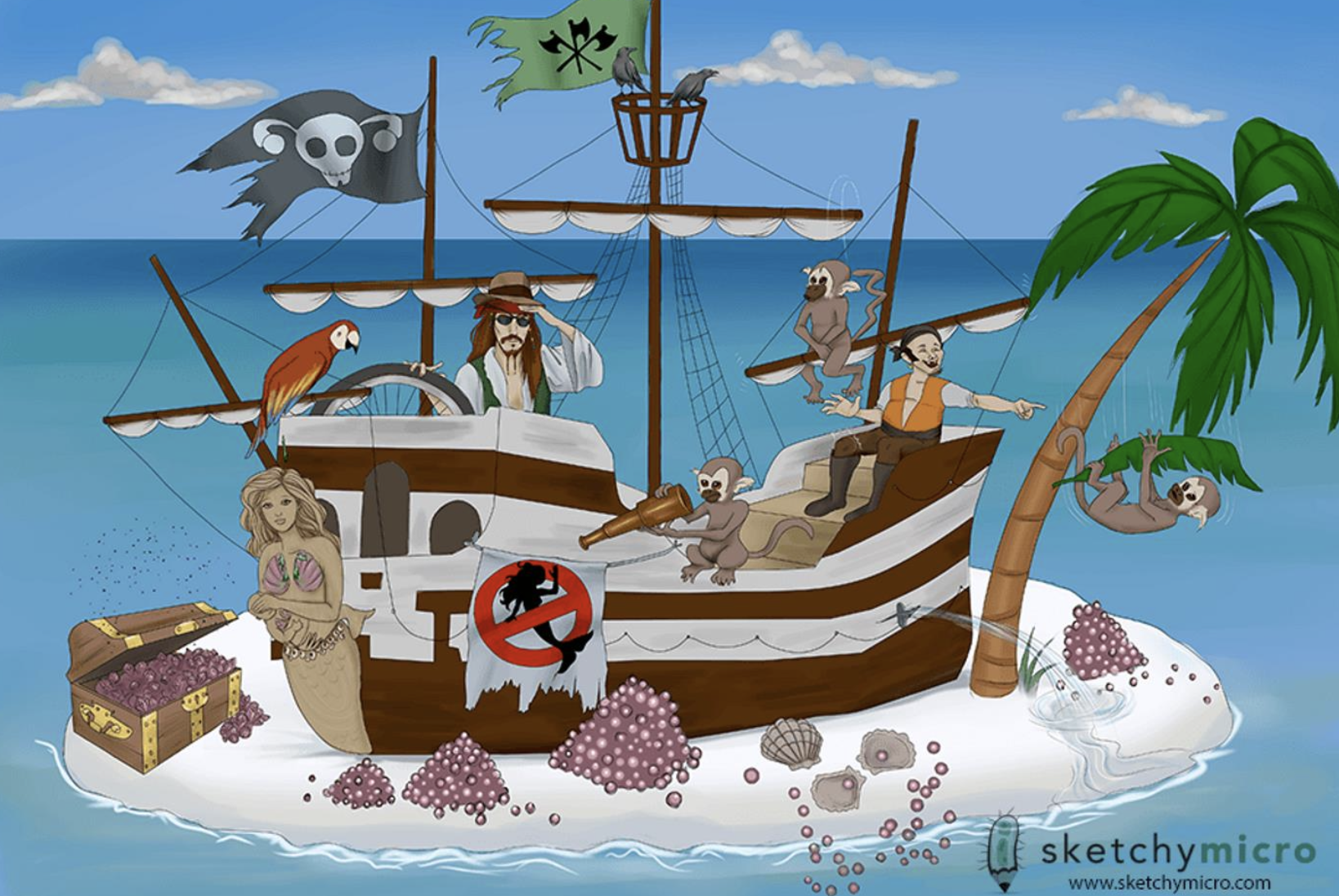
Pirates of Chlam Island — Chlamydia Trachomatis, Pneumonia, Psittaci
What are the three most common strains?
Chlamydia Trachomatis
Chlamydia Pneumonia
Chlamydia Philapsittaci
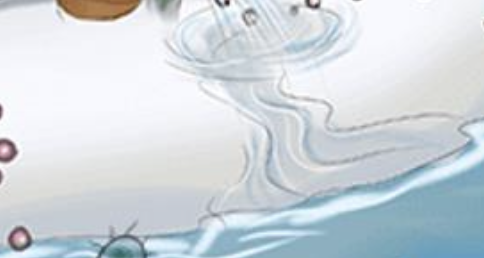
White island — Gram Indeterminate: does not gram stain

Stuck on an island — Obligate intracellular bacteria
(Cannot create its own ATP which is why it’s intracellular)

“No mermaid sign” — Lacks muramic acid in the cell wall
What else do we know about Chlamydia?
No capsule
No flagella
Two life cycle forms
Elementary Body
Reticulate Body
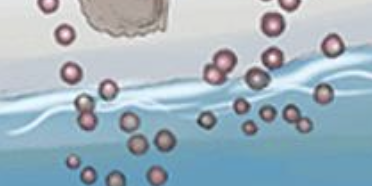
Pearls outside of the cell — Elementary bodies: 1st stage of life cycle outside of the cell. This is the INFECTIOUS form. Elementary enters the eukaryotic cell and are taken up by phagosomes.
(Elementary = Enters)
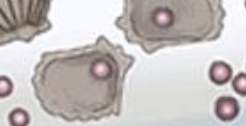
Pearl inside the clam — Reticulate body: 2nd stage and is active and multiply, the DIVIDING form. Reticular Replicates to form Inclusion Bodies seen under microscope in cells when infected.
(Reticulate = Replicates)
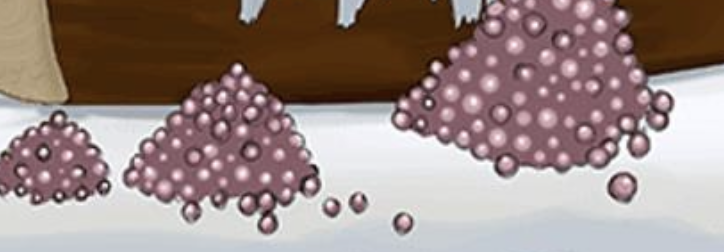
Pearls spread everywhere – Inclusion bodies seen when under a microscope
Describe the full developmental cycle
Elementary Bodies → Reticulate Bodies → Inclusion Body → Elementary Bodies → Free Elementary Bodies → [Elementary Bodies and cycle repeats]
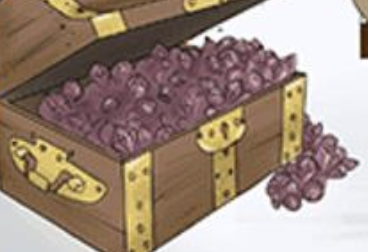
Treasure chest of gems — Visualized using Giemsa stain
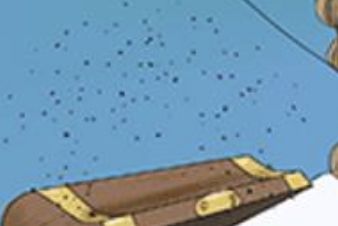
Gnats around treasure chest — Diagnose with NAAT test
(Aka PCR)
What are the three types of Chlamydia Trachomatous?
Symptoms of Chlamydia Trachomatous: 3 types
A-C: Blindness
D-K: STI
L1-L3: LGV (Lymphogranuloma Venerum)
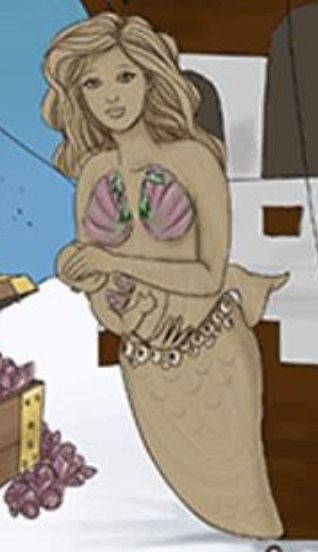
Mermaid = D-K Type (STI)
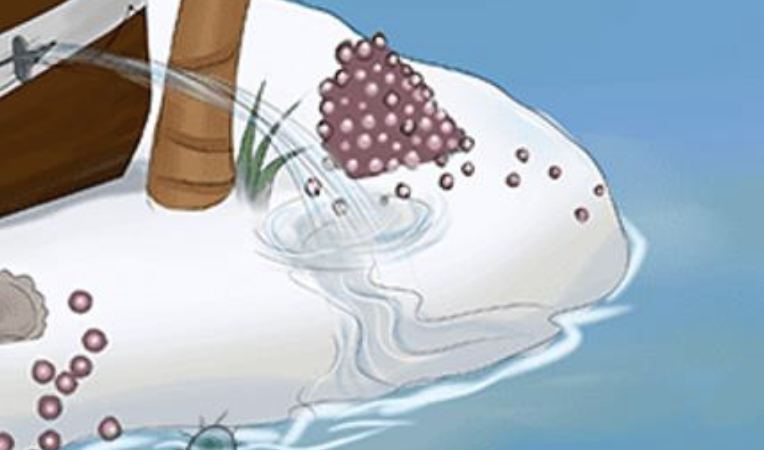
Scene takes place in water and leak in the ship — Most common Bacterial STI in US, watery discharge
(Remember; Gonorrhea has a mucopurulent discharge)
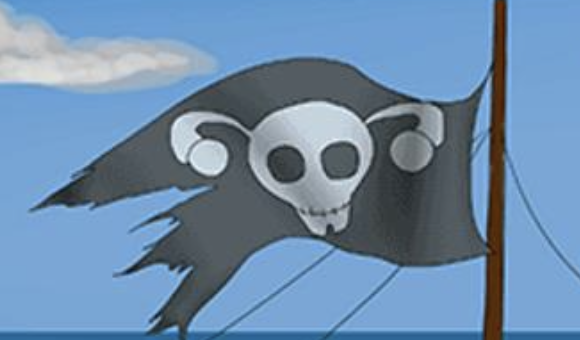
Flying a Jolley Roger uterus flag — Can turn into PID (Pelvic Inflammatory Disorder) w/o symptoms, ectopic pregnancies as well
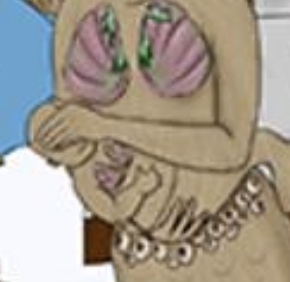
Hint: Focus on baby
Mermaid shielding baby’s eyes wearing a clamshell bra — Baby can get infection if mother has it during delivery giving it neonatal conjunctivitis and pneumonia. Baby will present w/ in 1-2 weeks with a possible cough (Staccato cough) or conjunctivitis.
(Remember; Gonorrhea will present 2-4 days)
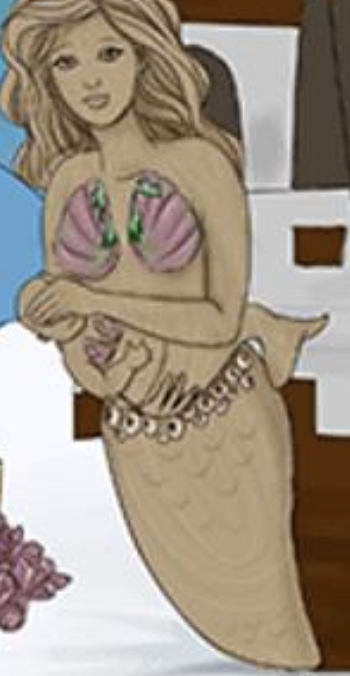
Adult Mermaid with barnacles = L1-L3 Type: LGV
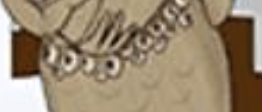
Mermaid w/ barnacles around inguinal region — Lymphogranuloma Venerum: infection of inguinal nodes. Presents as a tender lymphadenopathy with draining lymph nodes.

Pirate Captain = A-C Type: Blindness

Pirate has 2x patches (Blind) — Trachoma: leading cause of blindness in world

Captain’s Hand shielding his eyes —Transmission: hand to eye contact, possibly from fomites
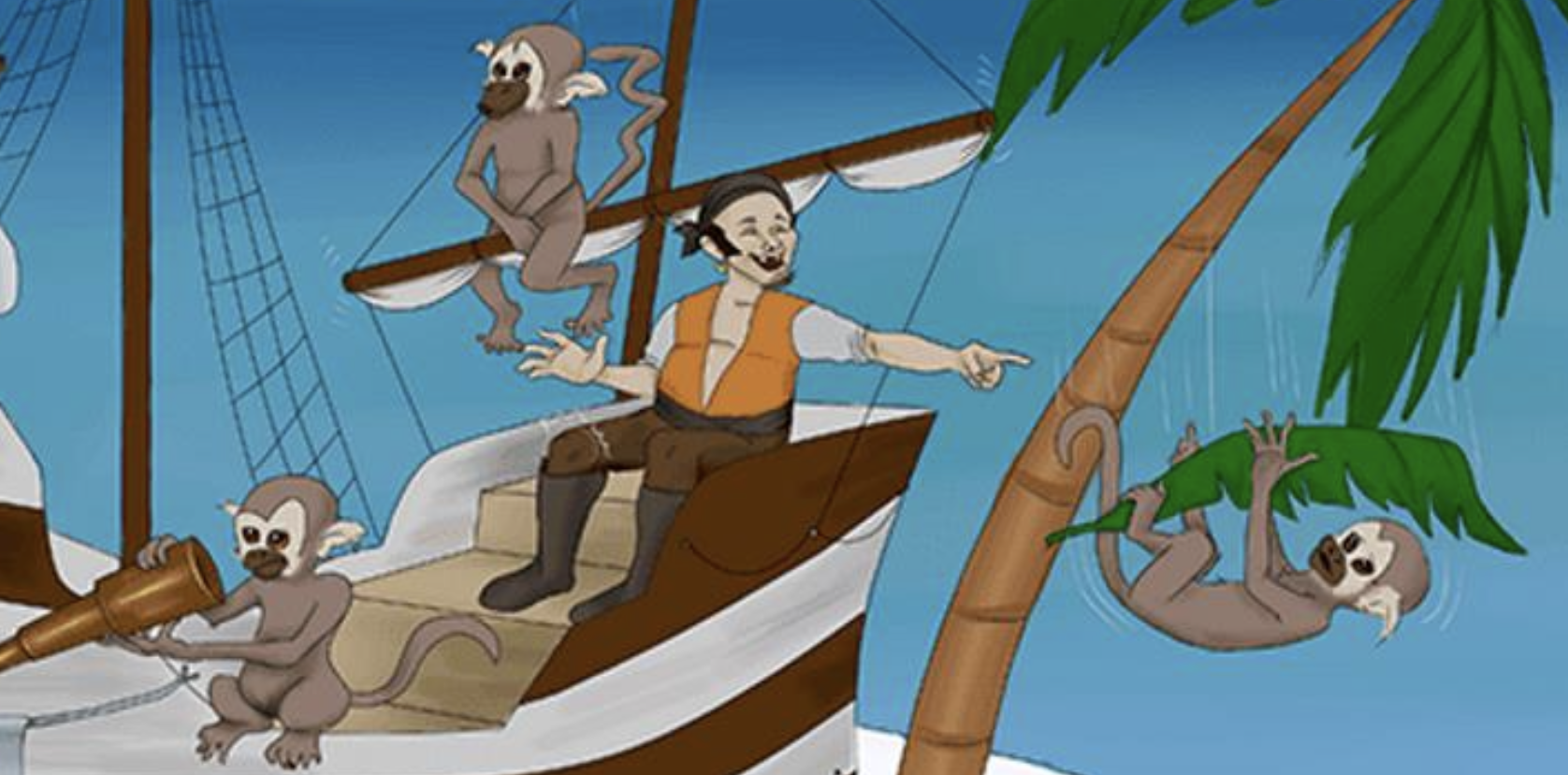
Common Long Term Effect
Monkeys and pirate slapping the knee — Reiter’s syndrome: reactive arthritis, uveitis, urethritis.
Monkey can’t see: uveitis.
Monkey can’t pee: urethritis.
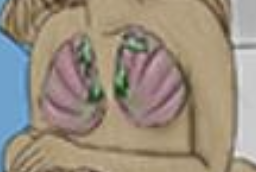
Clam Shell bra on adult mermaid — Chlamydia Pneumonia: Walking pneumonia, more common in the elderly
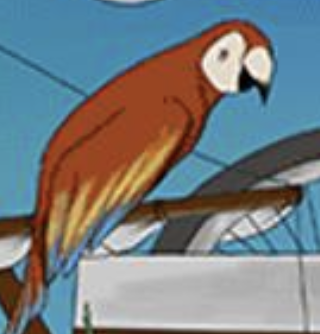
Parrot — Chlamydia Psittaci: Transmitted by Birds, causes pneumonia and transmitted by bird droppings
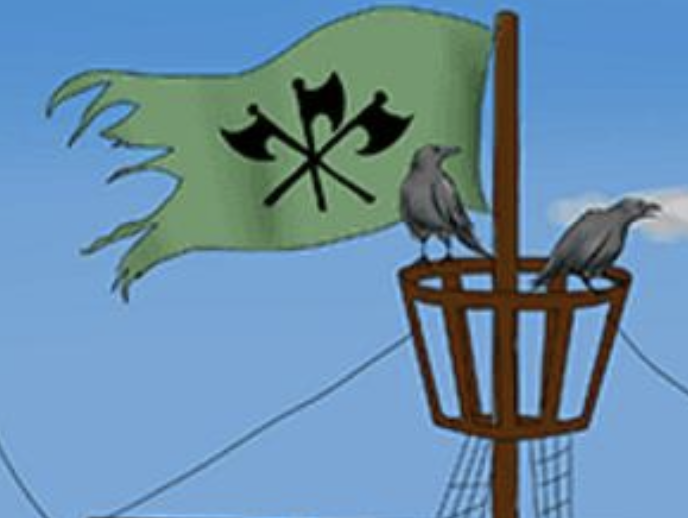

Treatment:
a. Crows — Macrolides: azithromycin
b. Bicycle wheel — Tetracycline
c. Co-infection of Chlamydia and gonorrhea treat with — Cephtriaxone